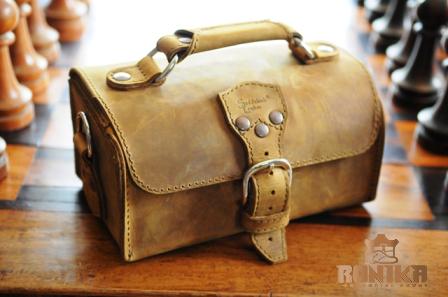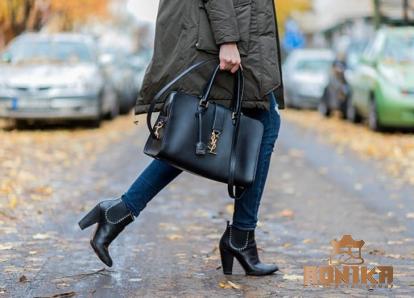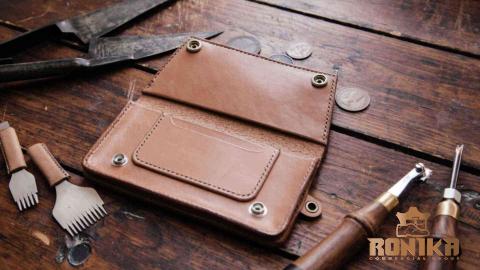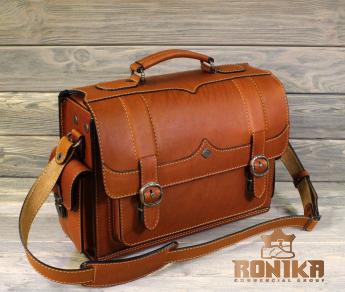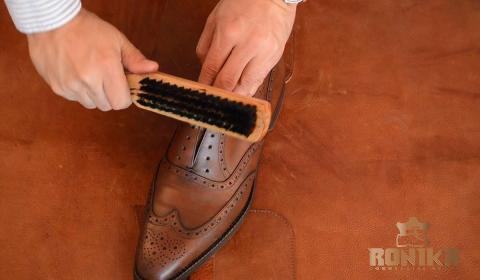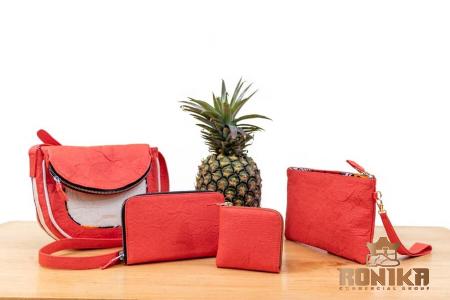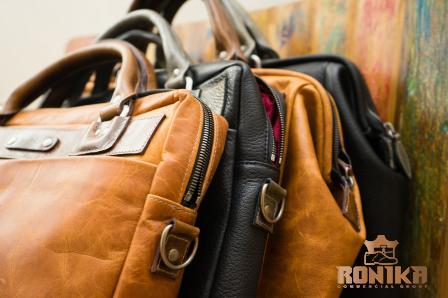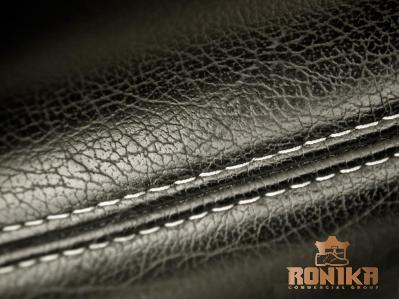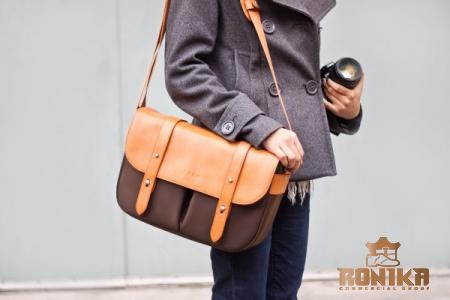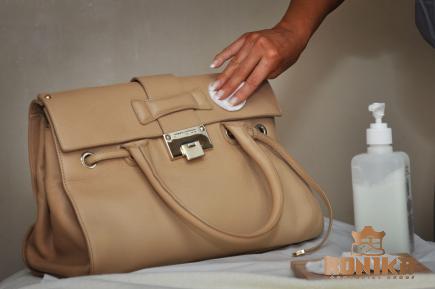Mens leather business shoes| Buy at a Cheap Price
If you want to run your business in this article, you can get acquainted with shoes made of leather that actually have different types
In contrast to other leather goods (furniture, coats, purses, etc
), the majority of shoe leather that is used to create the shoe upper is stretched over a last (a wooden or plastic form in the general shape of a foot)
This process creates the shoe’s vamp
To be suitable for this, the thickness of the leather must fall within a particular range
In addition, the type of leather that is used has a direct influence on the overall quality as well as the character of the shoe
Let’s take a look at some of the best leathers available for shoe making
Calfskin is a common and well-liked leather that is typically used for more formal and professional footwear
Calfskin is preferred over cowhide for use in the production of shoe leather due to the fact that it is younger, lighter, and has a tighter grain and fiber than cowhide
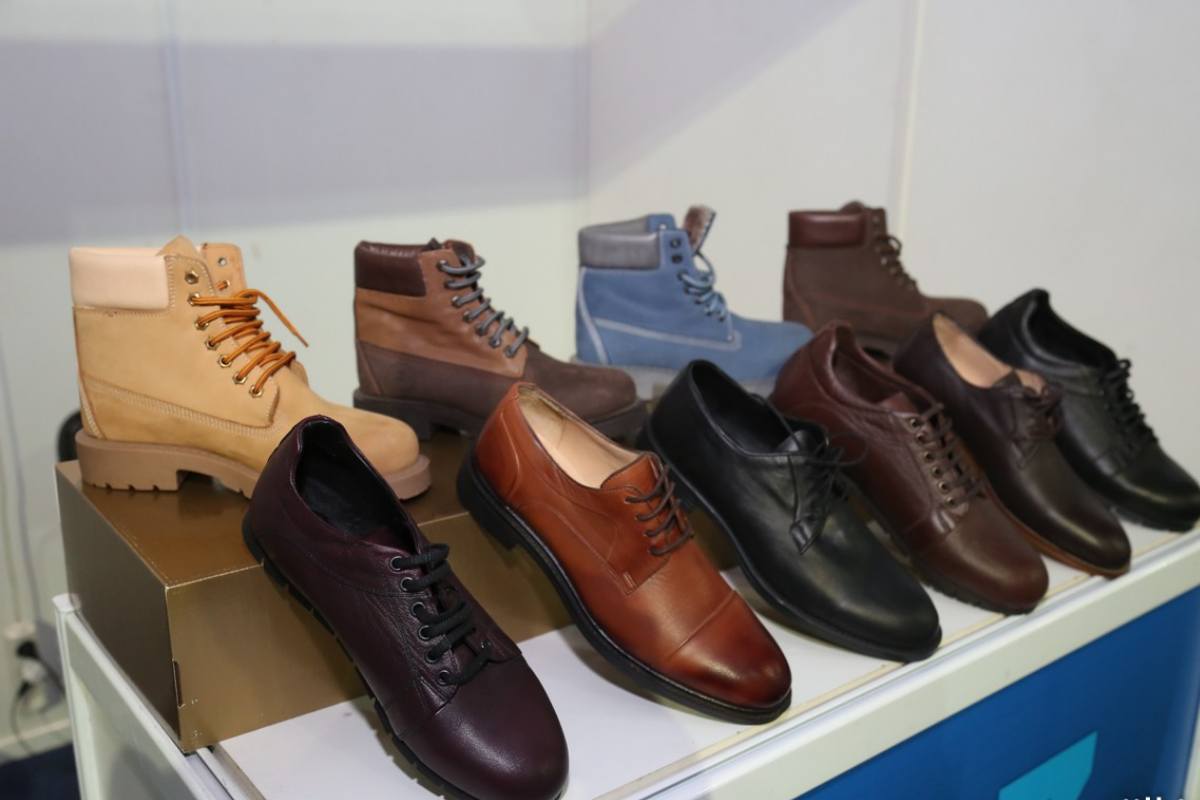
Other options besides genuine leather include kidskin (from goats), pigskin/peccary (from pigs), shell, cordovan (from horses), and the two most popular types of bovine leather used to make shoes, cowhide, and calfskin
Genuine leather is the most common type of leather used to make shoes
The out sole of a man’s shoe is typically constructed of leather and weighs a total of 12 ounces
In order to accommodate the thickness of the welt, a leather insole is typically 14 ounces thick
The thickness of the heel, the sole, and the top of the shoe can all be affected by the type of leather that was used, the method that was used to make the welt, and the style of the shoe
For example, Italian footwear is renowned for having a more streamlined appearance compared to other types of shoes; this aesthetic is achieved, in part, by utilizing thinner leather for the soles and uppers of the shoes
Shoes that have a Blake stitched or bond welted sole do not need to have a thick insole
This is in contrast to shoes that have a Goodyear welted sole
The quality of the leather that was used by a shoemaker to create a range of footwear was the primary factor that determined the overall quality of that collection of shoes
Although there are several exceptions, such as shell cordovan, waxed leather, and suede leather, the grain side of the leather is typically shown when it is used on the top of a shoe that is made of leather
Since it is customary to sand the side of the grain on the leather in order to smooth out any irregularities, grain correction is required because of this practice
The term “bookbinder leather” is sometimes used to refer to corrected grain leather
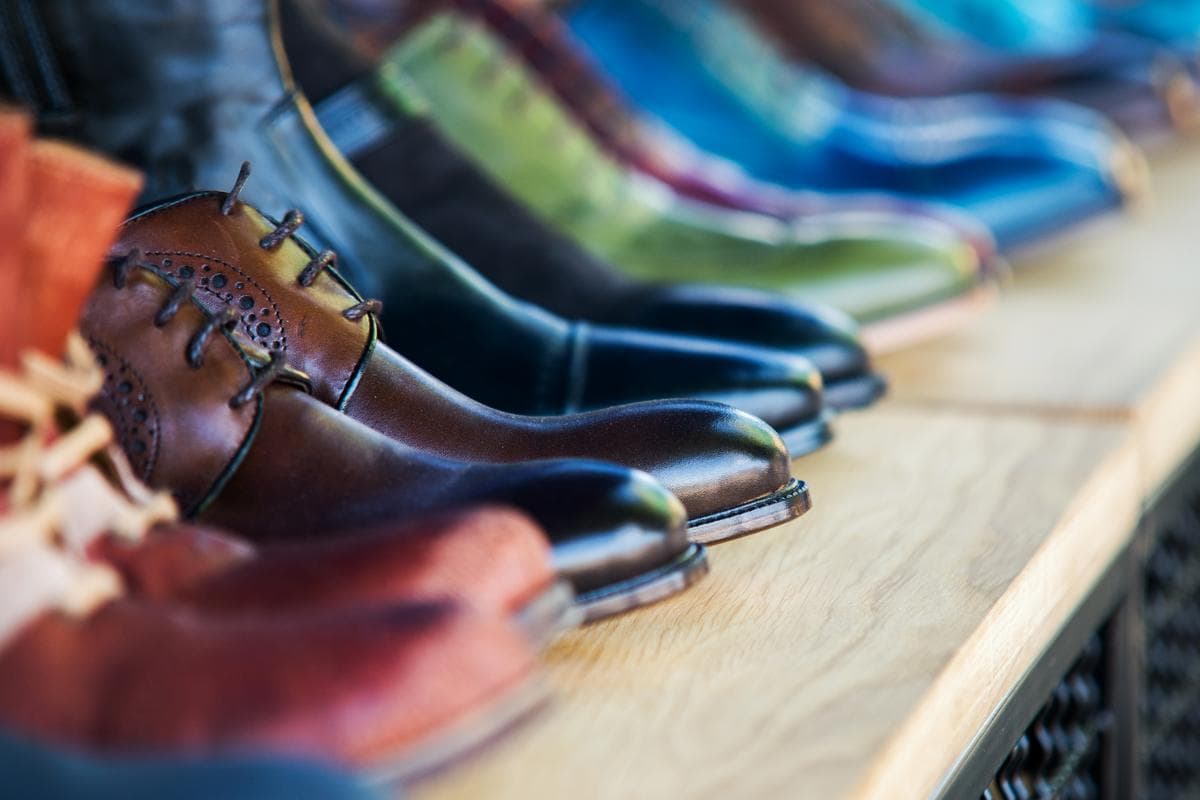
Grains that have not been milled or altered in any other way are referred to as whole grains
Even though chromium-tanned leather can be purchased in the “wet blue” condition when it emerges from the tanning process, applying the color and finishes to the leather is one of the very last steps in the tanning process
Aniline dye is frequently utilized in the tanning process of high-quality leather in order to achieve a color that is uniform throughout
Because the leather will not be coated, it will have the appearance of being unfinished
After applying sufficient pressure to the leather in order to bring out its sheen, it is common practice to apply a thin layer of clear or colored acrylic as a finishing touch
Some shoemakers apply a second finish coat that is either clear or colored, depending on their preference
Grain correction is done at the same time as pressing and the application of the acrylic finish
When compared to natural grain leather, the surface of rectified grain leather is glossier and has a greater thickness
Smooth surfaces, imitation animal skin, and pebble grain are some of the different types of corrected grain treatments that are possible
Because the grain and aniline coloring would be concealed if the process were carried out on higher-quality leather, corrected grain leather is typical of lower quality
If you apply the polish in an excessively heavy manner, the leather’s quality may also suffer as a result
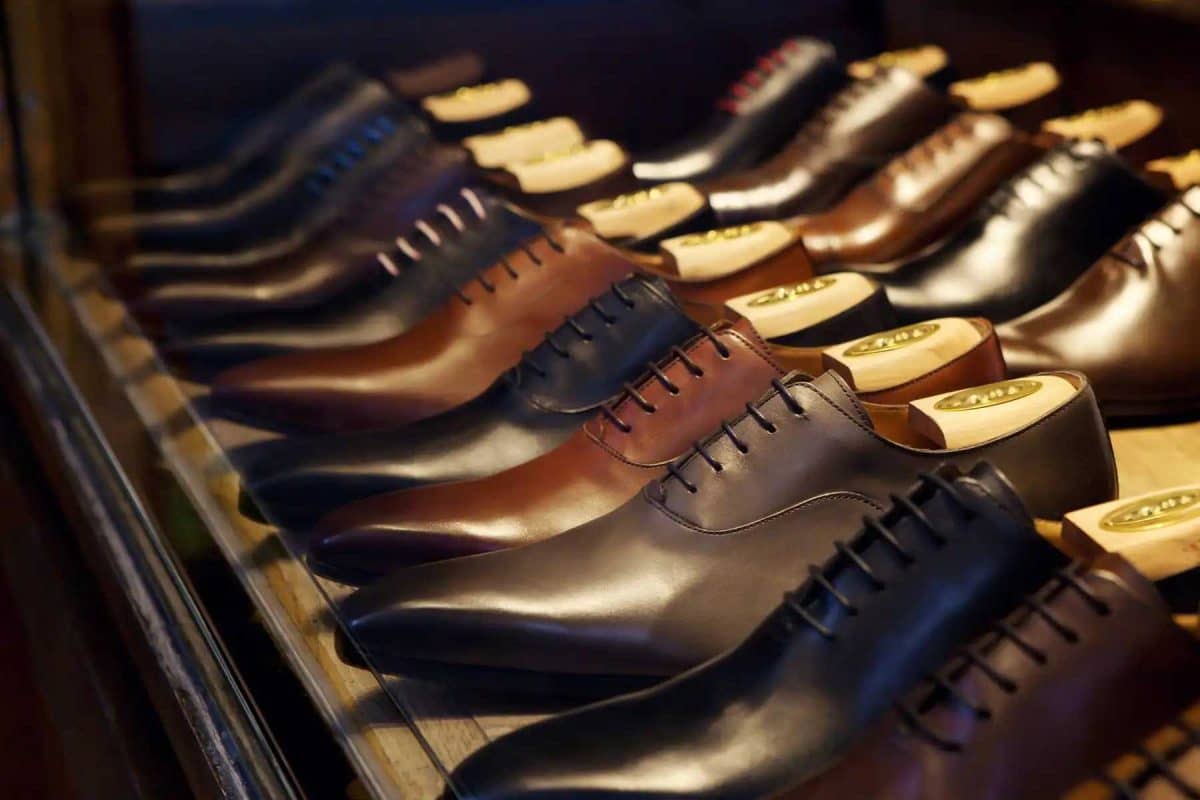
There is always an exception to every rule; for instance, some pebble grain shoes or boots may be made from premium leather
This is just one example of how there are always exceptions to every rule
Flexing a shoe is the most reliable method for determining whether or not it is made of rectified grain leather (really, leather with a corrected finish on the grain)
The fineness of the shoe’s creases has a direct correlation to the shoe’s overall level of finishing (the greater the correction)
It is essential to have a solid understanding of the type of leather that you are purchasing because there are many distinct kinds of leather that can be used to construct shoes
The price of a pair of shoes is yet another important consideration in determining whether or not they use rectified grain
Putting money into things of higher quality almost always results in a financial return
Because of the more substantial application of the acrylic coating, rectified grain leather has a higher degree of luster than raw leather
When making shoes, a wide variety of materials are frequently incorporated into the production process

The kind of fabric used to construct a pair of shoes is a matter of personal preference that is strongly influenced by the function they are intended to serve
The canvas should not be utilized in the production of dress shoes, and full grain leather should not be utilized in the production of sneakers
When you go shopping for new shoes, where do you begin when the shoemaker offers you a choice of materials including leather, textiles, foam, rubber, and even plastic? The question, “What the best material is for shoes?” does not have a clear and conclusive answer
Leather, on the other hand, is almost always going to be your best option if you’re looking for high standards of quality, sturdiness, and traditional beauty in a material
However, this is the point at which things could become difficult
If you believe that every piece of leather is produced in the same manner, you ought to rethink your position
In addition to the extensive variety of species available, leather can also be found in a number of distinct qualities, glosses, hues, and grains
The shoe or boot that you decide to wear should be attractive in addition to serving the purpose for which it was designed
If there is something that is not clear to you, try not to stress about it too much
As a direct consequence of this, the Italian Shoe Factory published this handbook
We will select the appropriate leather material for your shoes whenever we make them for you or when we help you launch your own shoe label
In addition to this, the design brief is an important factor
This helps us understand the kind of shoe you’re looking for, and it also points you in the direction of the leather alternatives that are the best
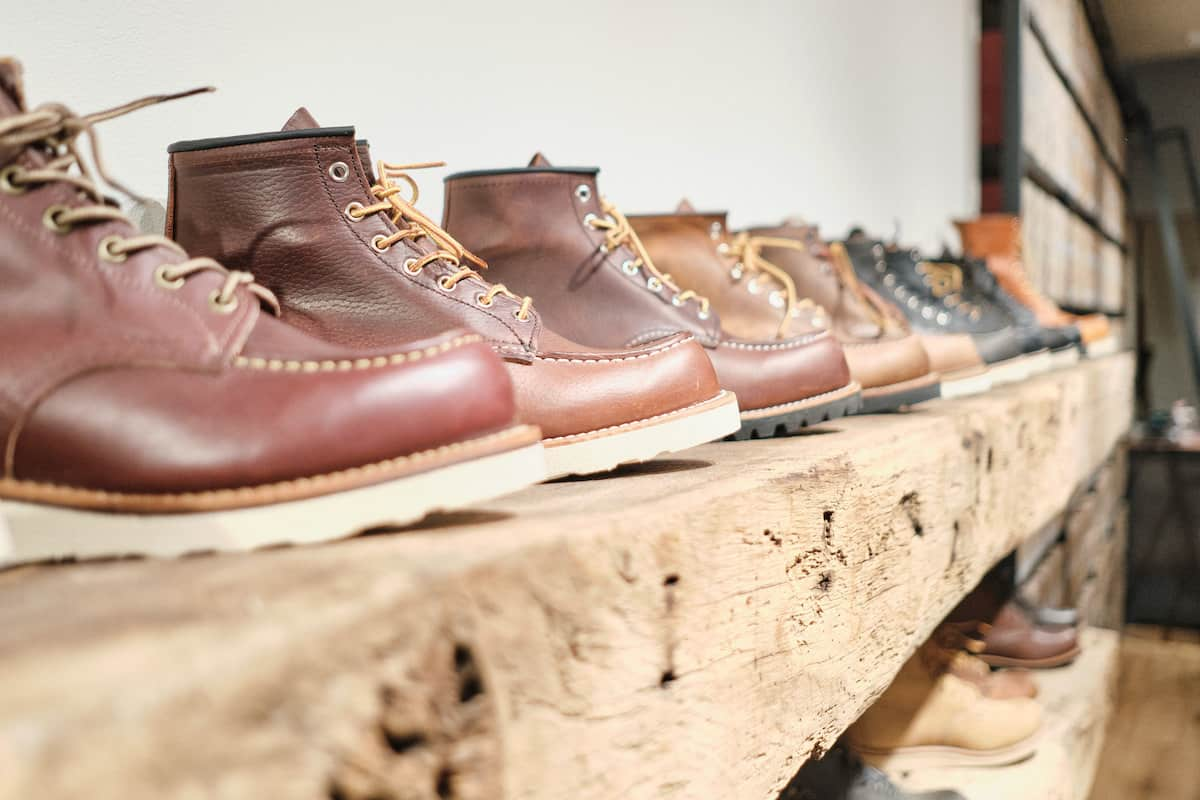
Having the knowledge to identify different types of shoe leather, however, will allow you to make a decision that is more well-informed, even with our assistance
But before we get into that, a brief historical review
At this point, we hope that all of your questions have been answered by our detailed guide, which covers everything from understanding the different types of leather and how they are made to deciding which type of genuine leather is best for your products
If you want shoes that are both elegant and handmade, your only option is to purchase genuine leather
Because of the characteristics of the material, no two finished products will ever be an exact replica of one another, and both the look and the texture will evolve over time
In our company, we are engaged in the trade of products such as men’s and women’s bags, shoes, and sandals, as well as all kinds of bags, including wallets, handbags, backpacks, and laptop bags in different designs and colors
Our company is currently interacting with many companies internationally and has achieved many successes in this direction
Our goal is customer satisfaction at all stages of the purchase
